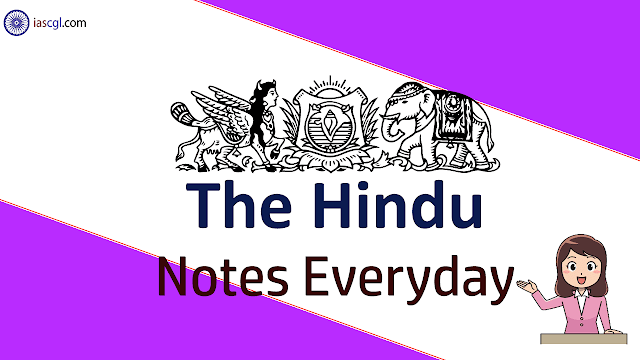Read The Hindu Notes of 22nd February 2019 for UPSC Civil Service Examination, State Civil Service Examination and other competitive Examination

- The great Indian political shift
- Picking sides in West Asia
- Healing touch
- Half-measures
- After the terrorist strike in Pulwama, is war even an option?
- Holding a mirror to war
The great Indian political shift
The Ambedkarite, Lohiaite and Dravidian parties are visibly moving to a politics without ‘othering’
Episodic othering
The BJP exception
A litmus test
Picking sides in West Asia
India could find it difficult to maintain a ‘balancing’ approach between different West Asian powers

Regional realities
Defence and energy needs
Iran’s stake
Healing touch
Kashmiri students elsewhere must be reassured of their personal safety
Half-measures
It is good the ‘angel tax’ has been moderated, but its arbitrary nature remains intact
After the terrorist strike in Pulwama, is war even an option?
Our conventional deterrence has failed. It is necessary to initiate strong military measures
Proportionate reaction
Covert operations
If we consider war, we must think rationally about its impact and the desired end result
Issues to consider
Some years of peace
We have been spending next to nothing on strengthening our defence forces
State of preparedness
The decision is political

0Comments